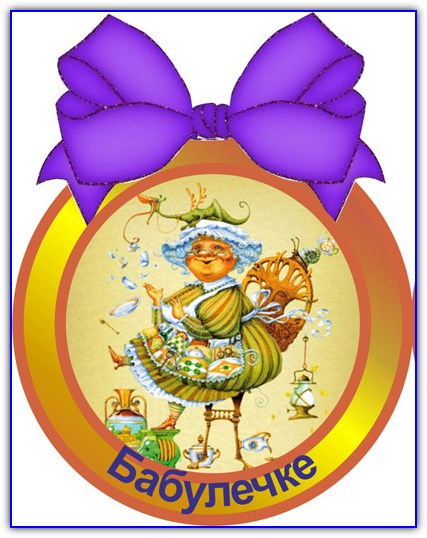Shutochnij Medosmotr Gostej Na Yubilee
I had a sample of this tea in one of my tea boxes and it proved to be a great start of a weekend. This Dong Ding was incredible throughout the Gongfu session (seven steeps total), starting with moderate floral notes and creamy mouthfeel followed by mild buttery notes and finishing with honey impression in throat. Along this profile, every sip is followed by clear notes of stone fruits and mild sweetness. Transiver lampovij aljbatros navesnoj montazh.

This section on the Biosafety Protocol covers what happened at the conference in Colombia that aimed to tackle the safety issues of living modified organisms, which not only affects food, which the GE Food section is about, but other areas where LMOs could be used, such as medicine.).
I didn’t try as much Dong Ding oolongs but this one was the best so far! Flavors: Butter, Cream, Flowers, Honey, Stonefruits. Upon opening the bag I discovered just how aromatic a black tea can be. The leaf is long and spiral shaped with some golden tips. Dry leaf airs of intense notes of orchid, baked pumpkin seeds and touch of molasses.
If brewed in Gongfu manner it will bring out notes of honey, molasses, orchid with full mouthfeel followed with tingling sensation in mouth and a bit dryness in throat. Brewed in western fashion it will bring out orchid and milk notes in front along with a full mouthfeel and other notes encountered with Gongfu method are rather faint. All in all it’s an excellent tea at really good price that has that something extra in comparison to a regular Yunnan black.
Although I advise not to steep it with water over 90C because it gets a bit bitter and breaks harmony with its’ other fine notes. Flavors: Honey, Milk, Molasses, Orchid, Pumpkin. I recently got a glass gaiwan which at first seemed something that I would use often but at first try I noticed that it’s hard to handle as its rim doesn’t fold outwards like with my other porcelain ones. Nevertheles, I use it every now and then, especially when I have a beatiful leaf to look at while steeping.
This Long Jing is a beauty, the leaves are more wholesome than any other I’ve had so far and the smell or roasted chestnut is amazing. Since my glass gaiwan is 4 Oz in volume i used a whole 5gr sample bag to prepare it according to Teavivre’s instruction, and after a first rinse just by the quick sniff I was sure that this wasn’t an ordinary Dragon Well. Quick first steep brought out clear and bright emerald tone, and the first sip revealed medium body with initially rich and tad bitter vegetal note of squash and finished off with toasted chestnut.
Lingering aftertaste is very savoury. Second infusion was fuller and richer in taste, and vegetal note was especially prominent.
After a few sips I got a certain ‘umami’ feel to this tea. Most pleasant.
Third infusion was particularly sweet and nutty, it’s amazing how the taste evolves with each steep. Fourth steep showed that the tea was starting to lose its potency but the nutty component was still delivering like in previous three. Fifth steep was a nice epilogue of mild nutty notes paired with prominent minty element. To summarize this tasting note, this is the best Dragon Well I have had so far.

Flavors: Chestnut, Mint, Roasted nuts, Squash Blossom, Sweet, Vegetal. Tie Guan Yin is one of those teas that are getting increasing popularity in the west, but when it comes to me I drink it seldom. The reason why I ordered this tea is that I wanted to compare it to the Taiwanese version of the same grade, labeled Monkey picked. I heard stories that monkeys were trained in the past to pick the hardly accessible leaves for this tea but more rational approach suggests that it was a metaphor superior leaf material that distinguishes it from an average. As I’m nearly finishing a pouch of this tea I learned that I like it prepared in a small porcelain teapot the most.